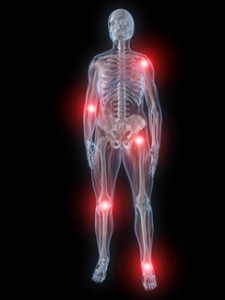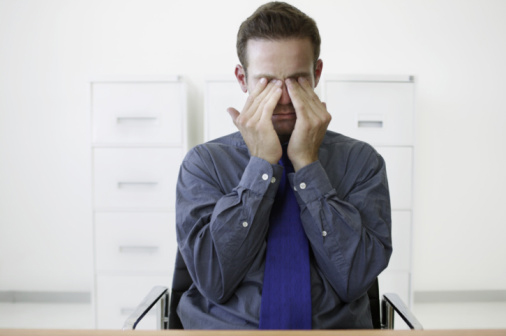 Retailers increase staff, stock, and hopefully, customers during the holiday season. Although this is great for job seekers and businesses alike, the jump in activity also means a jump in potential hazards. Retail employers need to vigilantly ensure the workplace is properly staffed and organized, and that employees are not rushing to complete all tasks to the exclusion of basic safety. You should report any unsafe condition, and supervisors should be instructed to recognize hazardous conditions and respond to them in a manner that supports employee and public safety.
Retailers increase staff, stock, and hopefully, customers during the holiday season. Although this is great for job seekers and businesses alike, the jump in activity also means a jump in potential hazards. Retail employers need to vigilantly ensure the workplace is properly staffed and organized, and that employees are not rushing to complete all tasks to the exclusion of basic safety. You should report any unsafe condition, and supervisors should be instructed to recognize hazardous conditions and respond to them in a manner that supports employee and public safety.
The obvious hazards associated with the season are ones we talk about every day: ergonomic issues leading to numbness and pain as with carpel tunnel syndrome or other muscle and joint problems, or neck and back strain due to heavy lifting. You can protect yourself by using proper lifting techniques, avoiding twisting and reaching overhead as much as possible, and by communicating difficulties to your supervisors. Employers can help by providing well-designed work spaces, appropriate equipment for lifting awkward or oddly shaped loads, and keeping staff at proper levels to promote a safe place for employees.
Since a worker’s death in 2008 when a throng of Black Friday customers stormed a retail establishment and crushed an employee, crowd safety has also come to the forefront during this time. The Occupational Safety and Health Administration (OSHA) has a site dedicated to helping retail employers manage crowds on special event days like Black Friday. The overall message is to plan, communicate to employees, and to customers before opening, and have an emergency response procedure in place.Check out the link to OSHA’s guide for retailers here.
Lastly, an easily overlooked safety concern is the increased hazards to the public shopping in the aisles of retail establishments. With stocking activity much higher during business hours, tasks m ay be in close proximity to customers. Consumers are exposed to more equipment and stock on the sales floor and stocking activity over their heads and feet. Stay safe by moving merchandise and equipment through stores with the help of someone to direct traffic on the aisles, stock heavier items on lower shelves, and stay aware of the special hazards associated with customer interaction.
Everyone must work together during the holiday season to ensure all go home healthy and happy to celebrate with their friends and family.





